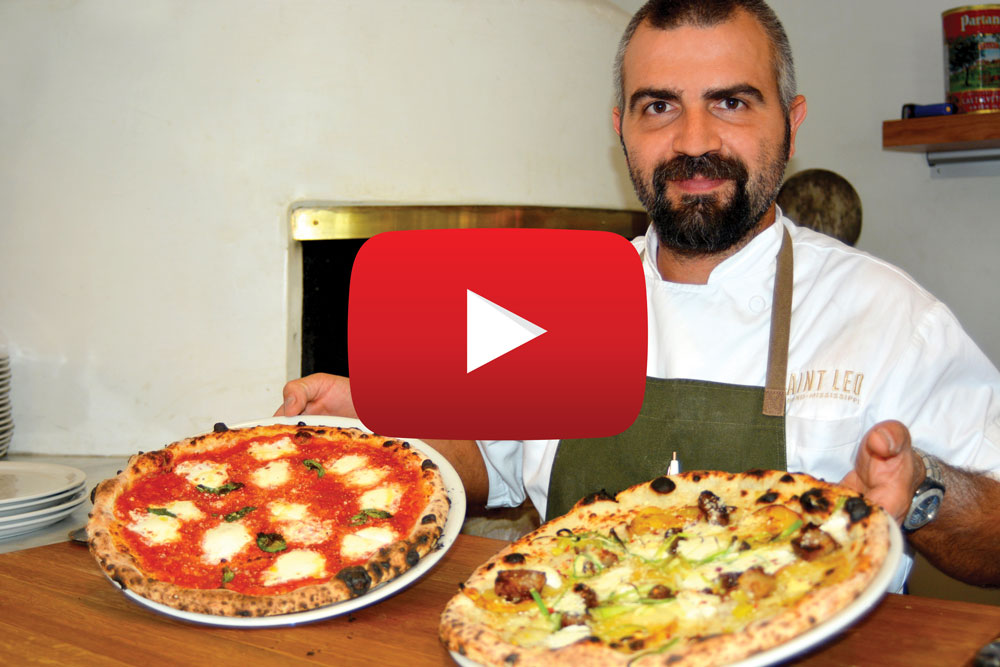When you go on social media platforms such as Instagram, Facebook, YouTube or Twitter, you’ll often notice that video is prevalent in many posts from big pizza chains. But even if you’re running a small business, you can also use video to great effect. Use these four tips to incorporate video in your advertising in order to grow your business, engage your followers, and build better community engagement on your social media platforms.
1. Show off your food.
Demonstrate for your viewers how you make your menu items, what ingredients go into them, and how you present them when they come out of the oven. It doesn’t have to be long—a quick 10- to 20-second video is perfect.
One tool to consider is the Facebook Watch platform. There are a few channels that produce ingredient-style videos, showing how to make various dishes—and they get over 2 million views per video! For now, Facebook Watch is an invite-only platform, but you can use it to look for content ideas. This is a great place to find out what is getting the most attention and will give you a great idea of what people are watching and looking for.
2. Tap young staff.
As restaurant owners, we’re not usually as young as our staff members, so sometimes we are not as social media-savvy. Let your younger staff members help you by coming up with creative video ideas and giving you tips on what platforms your audience is consuming information on.
Ask them questions and interact with them. Have them tell you what they are watching and what is most interesting to watch on social media so that you can incorporate those tips into your own videos. Then let them help you execute it. Give them the opportunity to help you create the content that they think is going to be best for your business on these social platforms. If you don’t use social media that much, you probably don’t know what’s working best.
3. Go behind the scenes.
Create a television-style show about a day in the life of your restaurant. You can produce one or two videos per month. Customers are not used to seeing what happens behind the scenes, and they’ll appreciate an inside look.
Here are two examples of those who are documenting the pizzeria life—and getting amazing results: Tomasino’s Pizza in Orlando, Florida, and chef Billy Manzo from Federal Hill Pizza in Warren, Rhode Island.
Tomasino’s uses videos to demonstrate what it’s like to work there, showcasing employees, customers dining, and food being prepared. They do a great job of this, and it shows with the interaction they are getting on social media.
Meanwhile, Manzo takes a slightly different approach, showing what it’s like to own and operate a restaurant—the good, the bad and (sometimes) the ugly. Consumers don’t know all that goes into running a restaurant, and Manzo is doing a great job of providing that insight.
4. Show, don’t tell.
What makes you different? We posed this question on our Facebook page, Smart Pizza Marketing. In today’s world, where people are buying is not always based on price, so we were curious to see the responses.
A lot of people said things such as, “We give great service,” “We’ve been voted best pizza,” “We really care about our quality and ingredients,” or “We love our customers.” Those are all great responses, and video can help you not only say it, but show it as well.
Video does something that text or photos can’t. It builds a connection with your customers, and that connection makes them know, like and trust you. When that happens, they buy from you.















